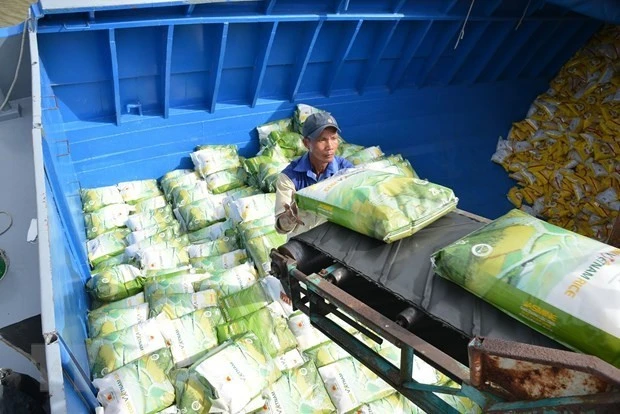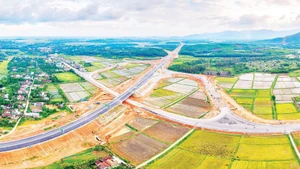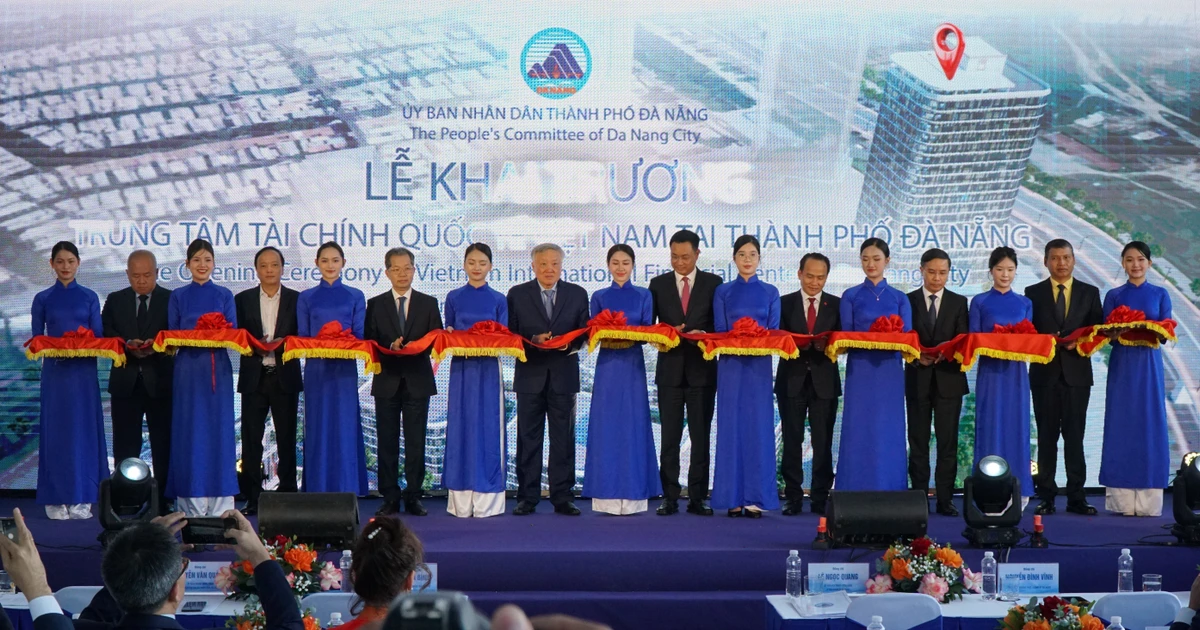According to estimates, in six months, the disbursement rate of ministries and branches only reached about 15-17% of the plan. Progress is tending to slow down, urgent solutions are needed to remove obstacles and stop the deceleration in disbursement of public investment capital.
Assessing the cause of the low disbursement of investment capital, the Ministry of Finance said that many projects had to request an extension of implementation time and disbursement time, due to slow implementation and the untimely handling of problems that arise. In actual implementation, many administrative procedures have continued to arise.
Low capital plan
According to the capital allocation and Tabmis import plan of localities, in 2024, localities will be assigned a total capital plan of nearly 24,173 billion VND; of which public investment capital (targeted additional allocation of central budget capital to local budgets) is 9,456.86 billion VND (53 localities) and loan capital is 14,716 billion VND (51 localities). Thus, the number of capital plans assigned to localities this year is much lower than in 2023, only 70%.
As of May 15, accumulated foreign capital disbursement by localities reached 51%, of which public investment capital of the central budget under the 2024 capital plan is 488 billion VND (accounting for 5.16% of the capital plan assigned by the Prime Minister), and on-loan capital is 891 billion VND (accounting for 6.05% of the assigned capital plan). The results of foreign capital disbursement from the beginning of the year until now by localities are quite low, reaching only 5.71% of the assigned 2024 capital plan (including allocated and re-borrowed capital).
According to the Ministry of Finance, through the process of working with localities and monitoring disbursement data of projects, it is possible to identify problems stemming from the stage of adjusting investment policies and adjusting projects, extending disbursement, extending implementation time, extending capital delivery time, and using surplus capital. This problem occurred in 23 out of 94 projects assigned to the 2024 capital plan in 17 localities.
The low disbursement rate mentioned above still mainly came from the lack of completed volume for disbursement, due to the slow implementation of investment preparations (slow site clearance, resettlement, incompleted signing of a design consultancy contract, delay in bidding, contract signing, adjusting basic design, and technical design documents); while capital planning work has not closely followed the progress of project implementation.
According to the opinions of many localities, recently, group B projects also encountered problems after the locality completed disbursement extension procedures, slowing down the disbursement progress. Procedures for adjusting investment policies of localities participating in project implementation are partly unclear, so there is a phenomenon where subprojects that need to adjust capital fall under local authority but are still submitted to the Government for adjustment approval.
This took a lot of time and created administrative procedures. This phenomenon occurred in tourism infrastructure development projects; projects supporting comprehensive growth in the Mekong subregion; and projects to improve water use efficiency for drought-affected provinces, which are extremely urgent projects for people's lives.
In addition, some problems in implementation and disbursement arose in 12/94 projects assigned to the 2024 capital plan in 11/53 localities. This group is quite diverse in types, such as problems in bidding or commercial contracts, site clearance, and design adjustments. These are inherent problems that often take a long time to resolve, which are the responsibility of the provincial People's Committee and project management boards.
Avoiding extensions
The delay in acceptance, payment, and project implementation capacity is also one of the causes of slow disbursement. In 2024, some localities have been confused about capital planning, unable to predict project implementation progress and the amount of capital that needs to be disbursed, so capital planning has not been close to reality or is even not prepared.
The disbursement target of 95% as expected by the Government in Resolution No. 01/NQ-CP is very difficult to complete, if investors, project management boards and related parties do not make outstanding efforts right now.
Completing the public investment disbursement plan in 2024 is an important task, contributing to promoting socio-economic growth, and ensuring the achievement of the goals of the medium-term public investment plan for the 2021-2025 period.
The Government has requested to speed up the implementation and disbursement of public investment capital from the beginning of the year, especially key projects of national importance, highways, inter-regional, coastal and national target proogrammes, and maximum decentralisation associated with enhancing the responsibility of leaders in deciding investment policies, project investments and disbursement.
At the meeting of the National Steering Committee on ODA and foreign concessional loans with development partners, Deputy Prime Minister Tran Luu Quang requested ministries, central agencies and localities to continue to promote public capital disbursement, considering the disbursement of ODA capital and foreign concessional loans as one of the key political tasks in 2024.
Recently, the Ministry of Finance has synchronously implemented solutions to support disbursement, such as organised many working meetings with ministries, branches, localities, and investors of ongoing projects and timely recording some problems and recommending solutions according to authority, directed to shortening the time to implement expenditure control and resolve capital withdrawal applications.
To accelerate progress and strive to achieve a high disbursement rate for ODA capital and foreign preferential loans assigned in 2024, the Ministry of Finance has requested the Ministry of Planning and Investment to support localities in shortening procedures in extending the time for capital allocation, avoiding affecting the project disbursement progress, and at the same time providing clear guidance to localities on the authority to approve project adjustments for projects deployed at many agencies.
For localities and project management boards, the Ministry of Finance recommended a detailed and specific review and assessment of the disbursement capacity of each project, especially paid attention to projects with a planning year or final year of disbursement to ensure sufficient capital for projects, avoiding the need to extend disbursement, extend implementation time, or cause unnecessary administrative procedures.
It is necessary to flexibly transfer capital plans between projects with slow disbursement to projects with good disbursement progress and lacking capital. For cases where it is not possible to complete the project volume according to the set schedule, it is necessary to reduce and transfer the capital plan before June 30. The Ministry of Planning and Investment will coordinate with the Ministry of Finance to adjust disbursement deadlines and capital allocation according to signed loan agreements.
For projects facing difficulties in investment preparation and project implementation, the Ministry of Finance has also required localities and project management boards to urgently complete procedures for investment, construction, and resettlement and site clearance for project implementation; complete technical designs, resolve difficulties in contract bidding; provide guidance and training on expertise and capacity for local project management boards to ensure the project is implemented synchronously and effectively.


![[Video] Seven inspection teams formed to stabilise market during peak Tet period](https://en-cdn.nhandan.vn/images/9f233ae74386156ace55673ec5a8ea373e7bb5df2274800bfd51bda6ec86d9464d289201deda54c246314a974e2f0aef0bc69929884e4c53fd4eb6a1f98b468f6ae70becd9f49b834a8b9195e077c25b/anhminhhoavideo-110126-2.jpg.webp)













